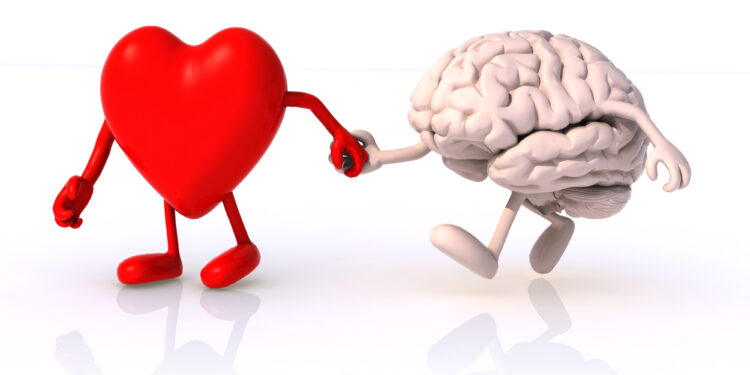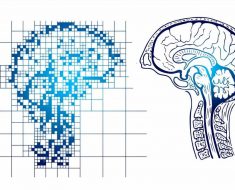The heart and brain in the constant exchange
Our heart and our brain communicate continuously with each other. In this case, the brain reacts on the heart, and the heart to the brain. How this constant exchange takes place, shows a German research team in a recent study.

Researchers work at the end of the Max-Planck-Institute for human cognitive and brain Sciences and the Berlin School of Mind and Brain, decrypted, how the communication between the heart and the brain. The results of the research were recently presented in the prestigious scientific journal “Proceedings of the National Academy of Sciences (PNAS)”.
Altered perception during a cardiac cycle
A cardiac cycle consists of a contraction phase (Systole) and a relaxation phase (Diastole). In the contraction phase, blood is pumped from the ventricles into the circulation, while the chambers of the heart in the relaxation phase filling with blood again. From previous studies it is already known that in the course of a heart cycle, the perception changed.
The heart and the brain from talking
Our brain continually receives signals from the body and the environment. Even though we are internal physical processes, such as, for example, the heart beat, usually not aware of, can affect these signals in our perception. Thus, the brain does not respond to the periodically-recurring beating of the heart and the associated changes, is suppressed during the contraction phase is a crucial part of the brain activity, explain the researchers.
Reduced stimulus perception during Systole
The current study shows for the first time how the beating of the heart and the brain modulate conscious perception. The researchers identified two different heartbeat-related influences on conscious perception. So, during the contraction phase less frequent stimuli and correctly localized as in the relaxation phase. Thus, the study uncovers a mechanism that links the heart, brain, and perception each other.
This control of the Transition of perceptions into consciousness is referred to in medicine as a “P300 component”. This component is intended to ensure that the brain is not disturbed at each pulse beat. At the same time, this mechanism seems to have the effect that external stimuli are perceived during Systole is reduced, especially if the stimuli are weak, as, for example, a tingling sensation on your Finger.
The heart and the brain are inseparable
The exact backgrounds for these identified mechanisms are not yet well understood. Study Director Arno Villringer sees this as a possible explanation of why people fall ill after a stroke, often at the same time on the heart, or why people with heart disease, often at the same time in their cognitive skills are limited. (vb)
Authors and source of information

This Text meets the requirements of the medical literature, medical guidelines, as well as current studies and was examined by doctors and Medical scientists.





